Since 2021, F1 teams have been forced to design their cars under Aerodynamic Testing Restriction (ATR) rules.
The idea was to limit the amount of time the most successful teams receive in the wind-tunnel and in computer design time, with it being a sliding scale of hours corresponding to championship positions.
For example, the team that wins the constructors’ receives 45% less time in the wind-tunnel than the team that finishes last.
Fortunately, the positions are reset every six months on June 30th for a fresh number of aero runs starting on July 1st, updated to reflect the constructors’ standings of the day.
In the table below, the data for the period January 1st-June 30th is presented, with teams having the additional obstacle of having to also design their cars for the huge 2026 rules reset as well as the ‘25 machines.
After both slipped two places in the 2024 standings, both Red Bull and Mercedes find themselves with a significant advantage over champions McLaren and 2024 runners-up, Ferrari.
Cadillac, which is set to enter F1 in 2026 is currently unbound by the restrictions and is free to conduct as much wind-tunnel and CFD research as it wants.
When it enters F1, from January 1st 2026, it will be bound by the rules, and come in with the maximum amount of development permitted under the rules, which are set to be re-jigged once the four-year period comes to an end after the 2025 season.
Time in wind tunnel in 2025 for F1 teams
| Team | Time in wind tunnel (in hours) | Number of CFD computer simulations |
|---|---|---|
| McLaren | 840 | 1400 |
| Ferrari | 900 | 1500 |
| Red Bull | 960 | 1600 |
| Mercedes | 1020 | 1700 |
| Aston Martin | 1080 | 1800 |
| Alpine | 1140 | 1900 |
| Haas | 1200 | 2000 |
| Racing Bulls | 1260 | 2100 |
| Williams | 1320 | 2200 |
| Stake F1 | 1380 | 2300 |
Don't miss out on any of the Formula 1 action thanks to this handy 2026 F1 calendar that can be easily loaded into your smartphone or PC.
Download the calenderMost read
In this article

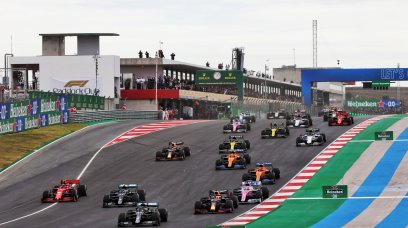
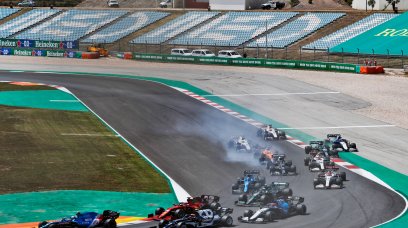



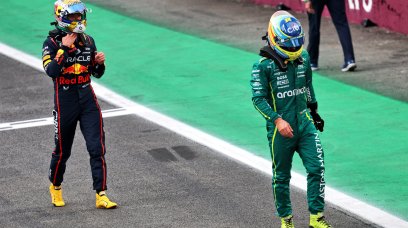
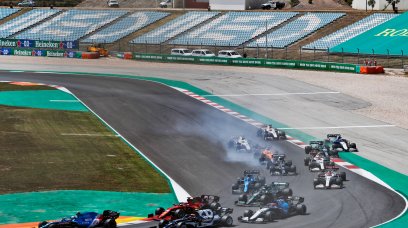
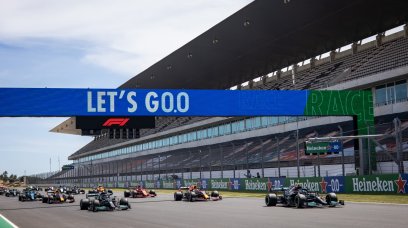


Join the conversation!